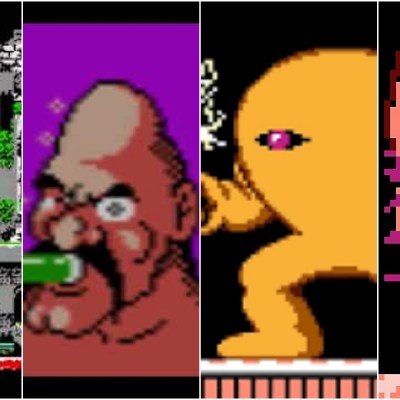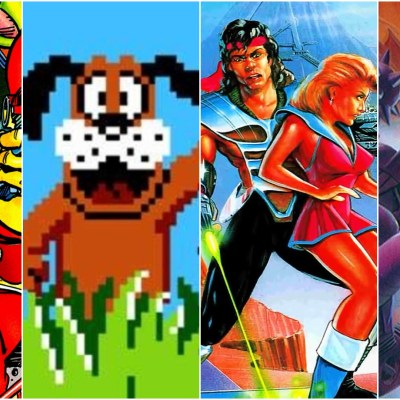15 NES Games That Were Way Ahead of Their Time
Some are obscure and some are legendary, but all of these NES games were so far ahead of their time that we can only really fully appreciate them now.
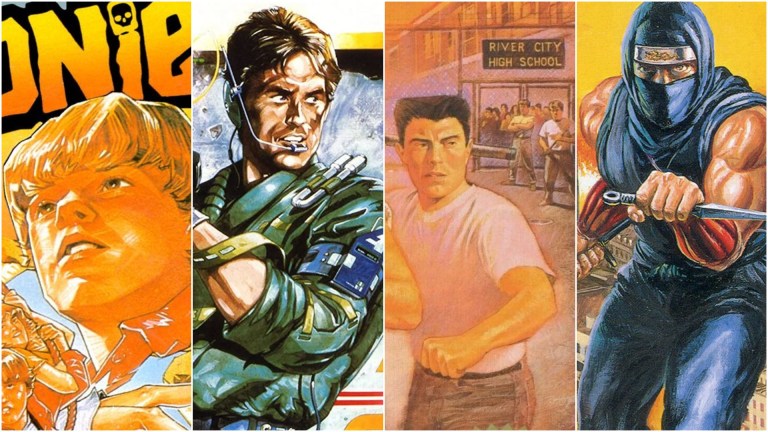
The NES and its incredible library of games changed console gaming forever. It’s impossible to know what would have happened if the NES had never come along, but it’s relatively easy to draw a line from so many of the best NES titles to where we are now.
However, if you spend a little more time looking through the NES library, you may find quite a few titles that feel…out of place. It’s not that they’re bad (though some arguably are), but rather that they’re so unlike everything else that was available at the time (and often for many years after) that they strike you as anomalies that just need to be explained.
Those are the games that we’ll be talking about today. Before we get into all of that, though, here’s a quick look at the criteria used to select these games and form this topic:
- The phrase “ahead of its time” is typically applied to something (in this case, games) that wasn’t necessarily appreciated when it was released but is now generally appreciated for its quality, innovations, or some other element that once went overlooked for whatever reason. Most of the games on this list were critical failures, commercial failures, or, in a lot of cases, both.
- Having said that, there are a few games on this list that were successful in their time and are still considered to be true classics. It felt unfair to completely overlook those games that were so wildly different from everything else out there, though I tried to only include successful games that felt closest to the spirit of the “ahead of its time” idea.
- Finally, this list includes games released for the NES and Famicom as well as games only released for one platform or the other.
With that out of the way, here are 15 NES games that were way ahead of their time.
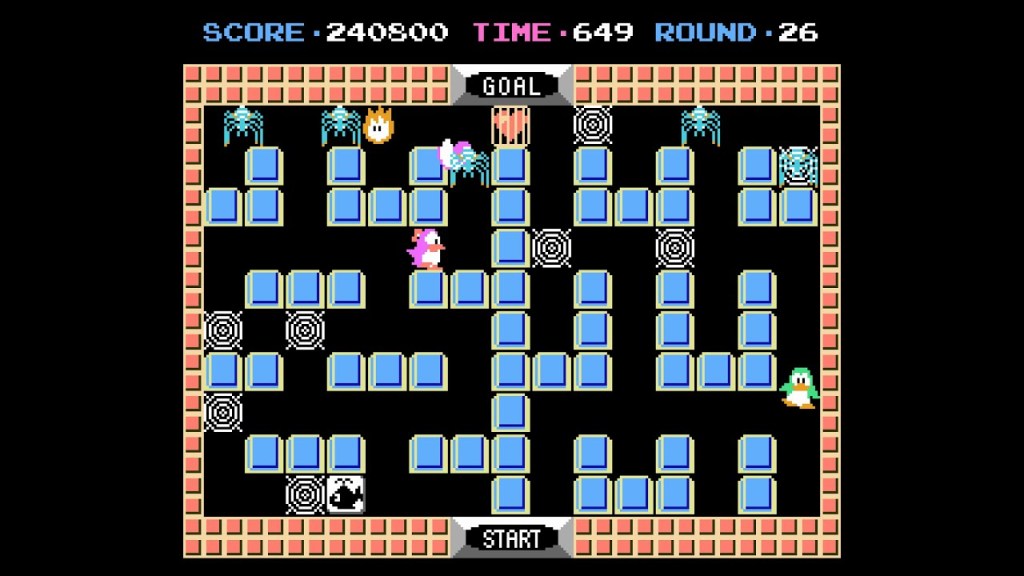
15. Binary Land
While Binary Land was originally released for the MSX in 1984, its 1985 Famicom port featured several visual and gameplay improvements that addressed notable issues with the previous release. Both versions of Binary Land tasked gamers with guiding two characters through opposite sides of the same maze. The gimmick was that you had to control both characters at the same time using mirror movements.
Binary Land clearly inspired “two characters, one controller” games like Brothers: A Tale of Two Sons, but the thing that really stands out about this puzzle title all these years later is the ways its story was woven into the gameplay. The feeling of finally reuniting two divided lovers (humans in the MSX version, penguins in the Famicom port) whose bond is so strong that they’re mimicking each other’s movements remains surprisingly uplifting.
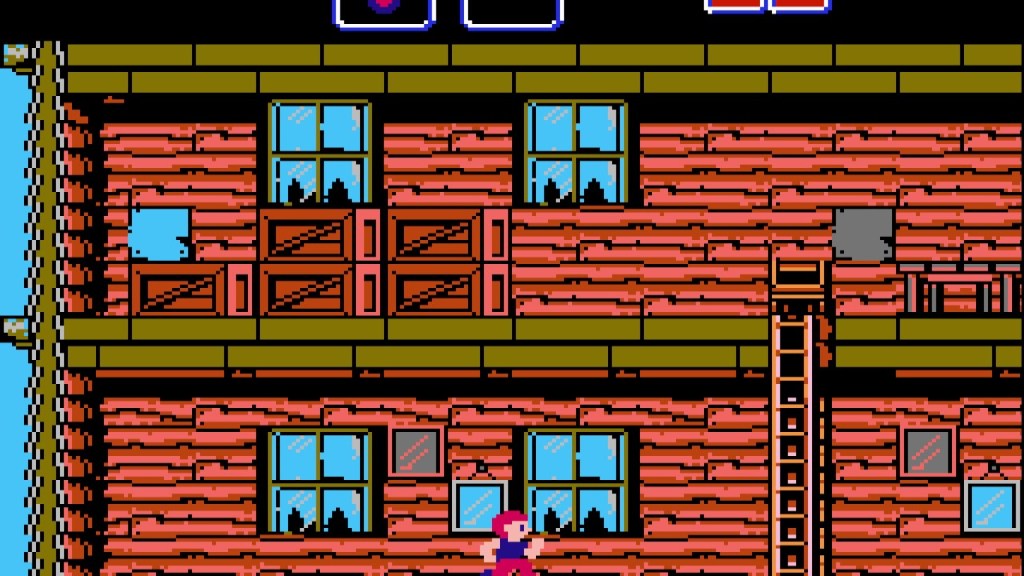
14. The Goonies 2
The Goonies 2 was a surprisingly ambitious action platformer/adventure game hybrid that featured first-person sections, a large world to explore (it was surprisingly close to an 8-bit open world), and a fascinating background/foreground system that forced you to consider your surroundings in new ways. It’s also pretty clear that the Friday the 13th NES game borrowed quite a few ideas (and perhaps some music) from this game.
The Goonies 2 certainly suffers from trying to do too much, but it remains a surprisingly early look at basic open-world and adventure game concepts we often take for granted today. It was also an early example of a developer looking beyond simply turning movie scenes into video game levels and really considering how to make a unique video game based on a popular property.
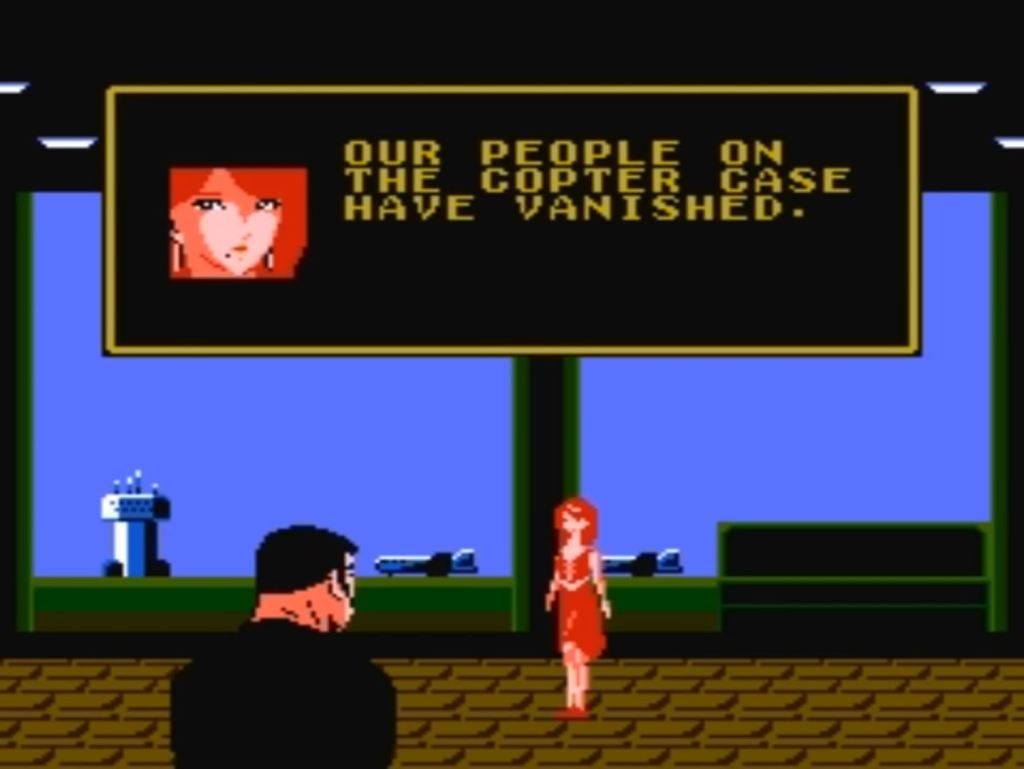
13. Golgo 13: Top Secret Episode
Like some of the other games on this list, Golgo 13 featured a variety of gameplay concepts (in this case, side-scrolling action, first-person shooting, and vehicle stages) that were roughly sewn together and didn’t always work as well as they should have. Unlike the other games on this list, the Famicom version of Golgo 13 featured nudity and a “mature” espionage storyline.
Golgo 13 wasn’t the first game to feature nudity and adult storytelling elements, but it was one of the first that didn’t treat those ideas like gimmicks played for shock value and cheap laughs. This was a game that was clearly trying to appeal to an older audience. It didn’t quite get there, but it’s amazing how modern the whole thing feels.
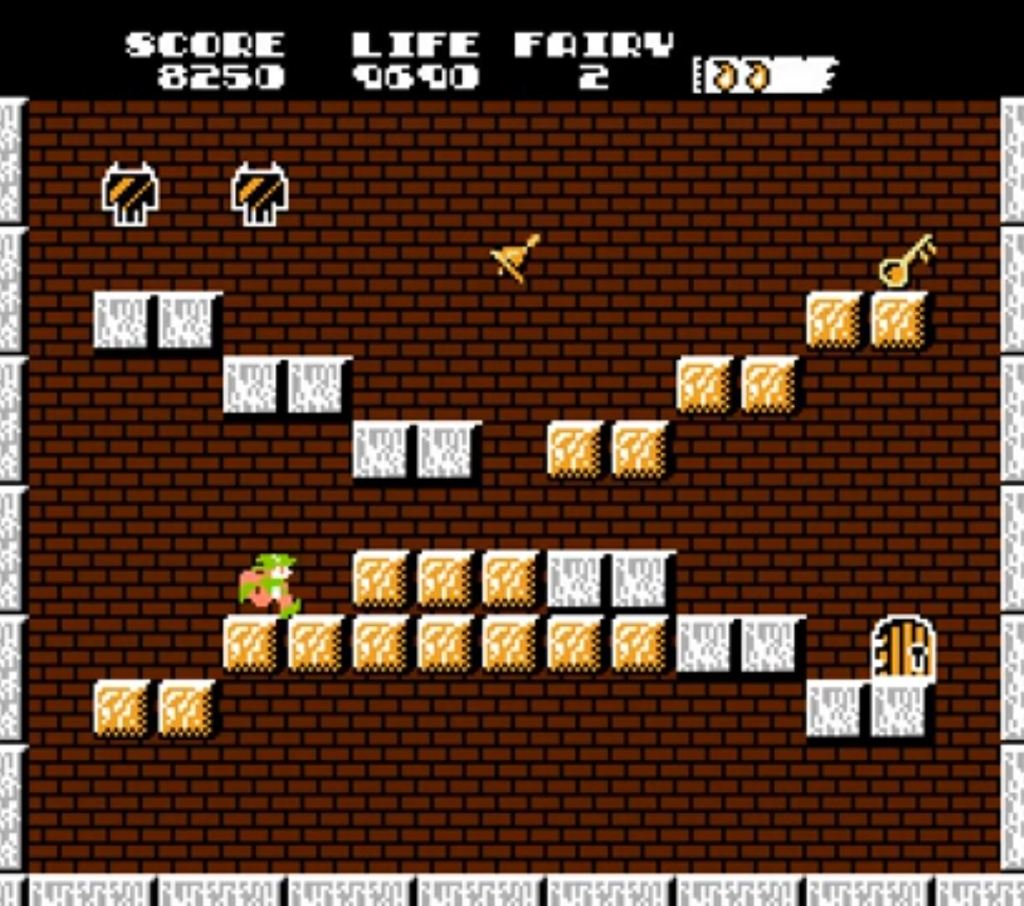
12. Solomon’s Key
Solomon’s Key wasn’t the first video game to feature puzzles, nor was it necessarily the first video game where the platforming “action” primarily consisted of solving elaborate puzzles. However, it was a very early example of an incredibly difficult puzzle game that uses seemingly basic mechanics as the basis of an easy-to-learn, tough to master experience.
It’s hard to play Solomon’s Key today and not see a lot of Portal in its “place the block/destroy the block” gameplay. For that matter, the way the game used puzzles as the basis for its strange storytelling and worldbuilding could even be seen as an influence on games like The Witness and The Talos Principle.
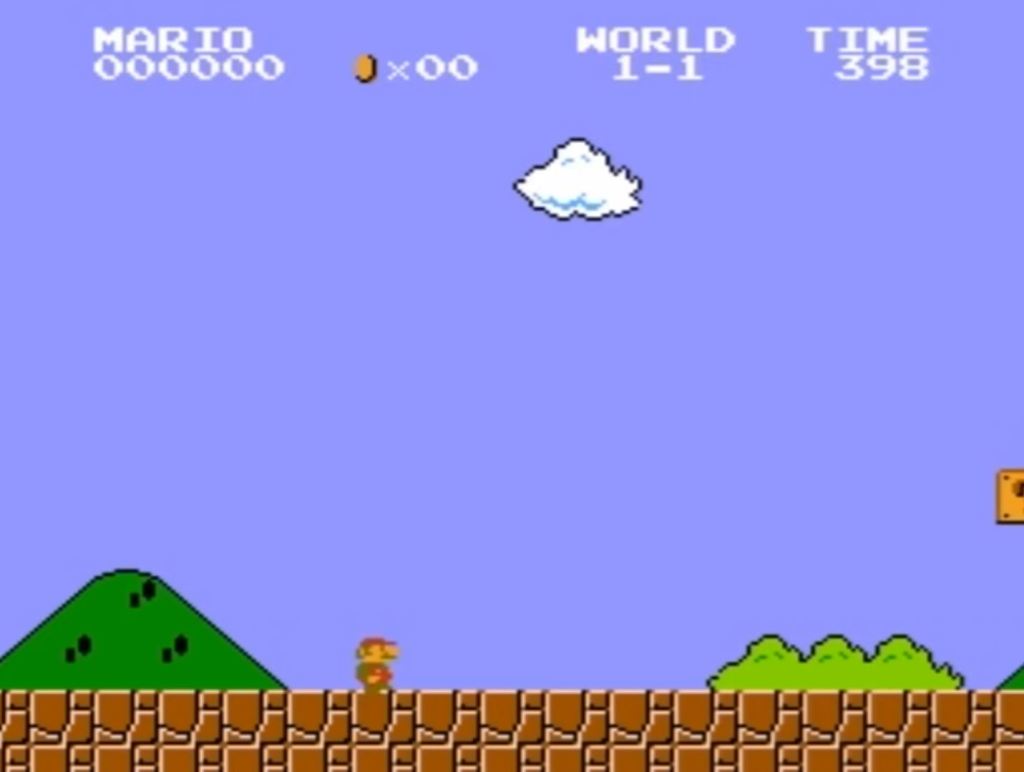
11. Super Mario Bros.
As I mentioned earlier, I really want to use this list as a way to shine a light on ahead of their time NES games that weren’t necessarily appreciated in their day. Of course, it’s ultimately hard to write a list like this and not mention Super Mario Bros.: the game that laid the foundation for the platformer genre as we know it today and helped save console gaming in the process.
While Super Mario Bros. was obviously a big hit that has long been praised for its countless innovations and refinements, it’s easy to forget that not everyone was initially sold on the concept. Indeed, quite a few people only experienced this true classic because it was packaged with the much more gimmicky Duck Hunt.
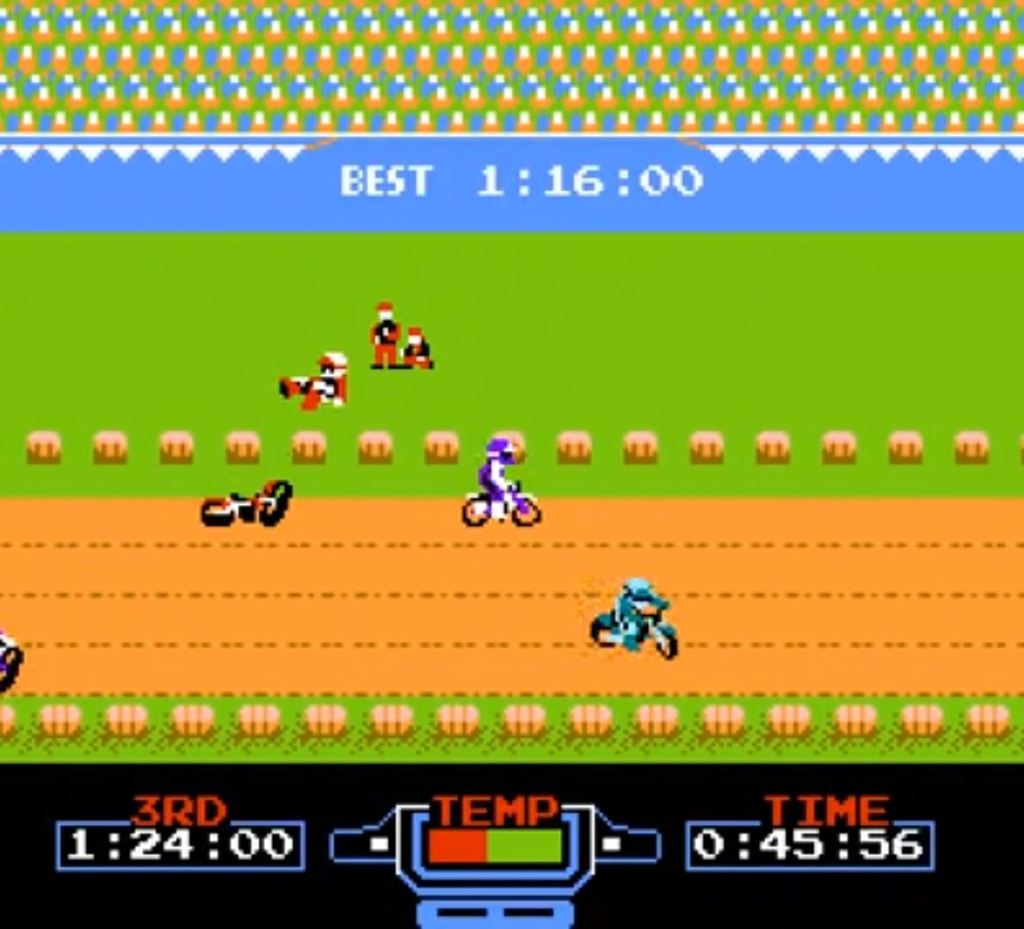
10. Excitebike
To be fair, Excitebike is another generally accepted NES classic that sold pretty well and garnered a lot of acclaim in its day. However, I don’t know if it’s possible to give this game enough respect for its amazing custom track-building system.
It was impressive enough that Excitebike’s developers recognized the value and potential of an early “community creation” system, but the fact they actually implemented such a usable and versatile version of that system using Famicom/NES technology is truly incredible. Excitebike probably would have been successful if it was just a competent racing game in a sea of forgettable genre titles, but that feature made it truly special.
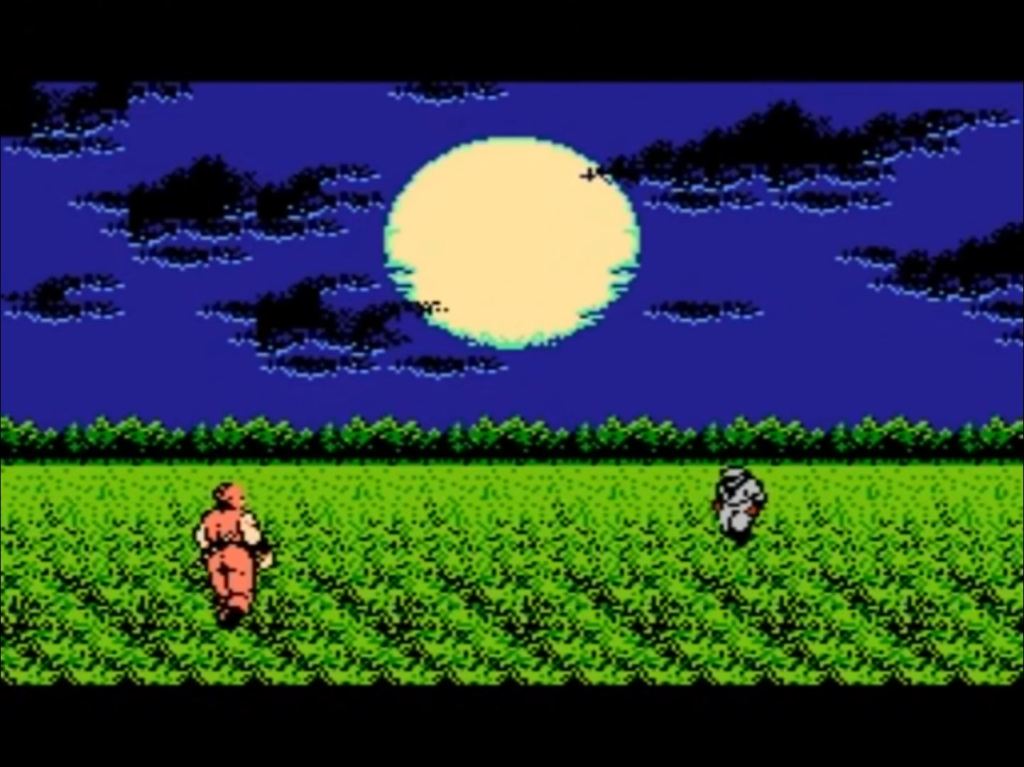
9. Ninja Gaiden
You really could make the argument that Ninja Gaiden deserves a spot on this list for its refined action gameplay that was often imitated and rarely duplicated. Of course, the biggest reason why its’ on this list is because of its incredible cutscenes.
It was impossible to play Ninja Gaiden back in the day and not be stunned by its jaw-dropping opening cutscene that still catches people by surprise. Ninja Gaiden’s presentation and storytelling kicked down every door and let other developers know that it was time to start exploring this bold new style or risk being left behind.
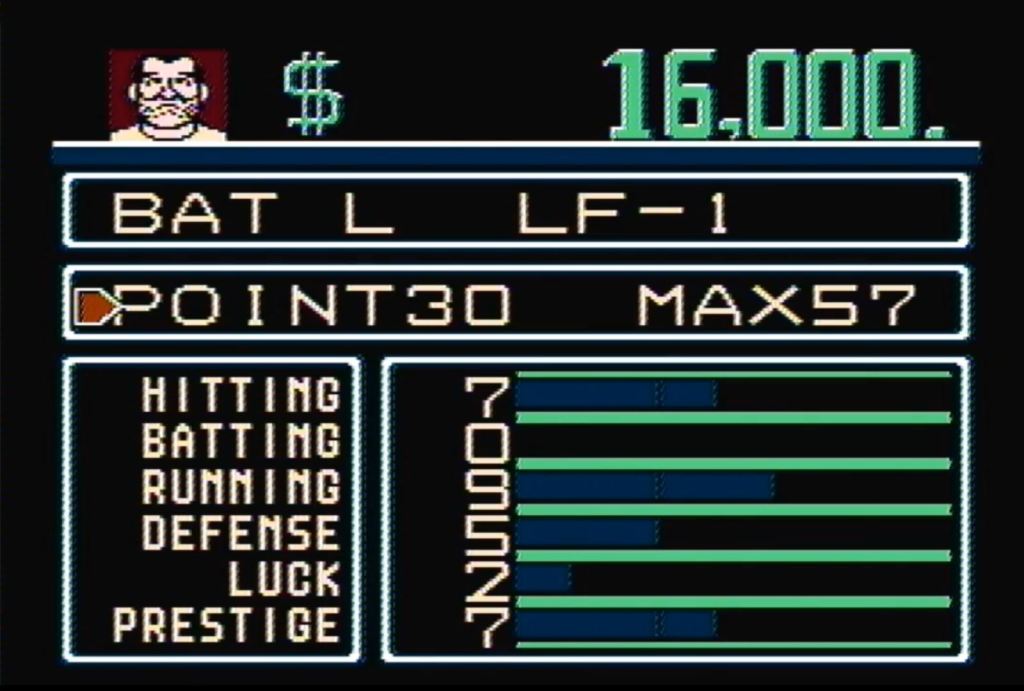
8. Baseball Stars
This spot could have easily also gone to Tecmo Super Bowl, but since that game tends to steal the attention when you’re talking about NES sports titles, let’s give Baseball Stars some of the credit it’s sometimes denied.
Despite the fact that Baseball Stars featured customizable teams, battery backup saves, RPG-like dynasty elements, and the most realistic fielding seen in a baseball game until that point, it still never seems to get the love it deserved. Baseball Stars is an obvious early example of the deeper sports games we enjoy today, but it’s the way the game balanced pick-up-and-play action with those simulation elements that made it truly special.
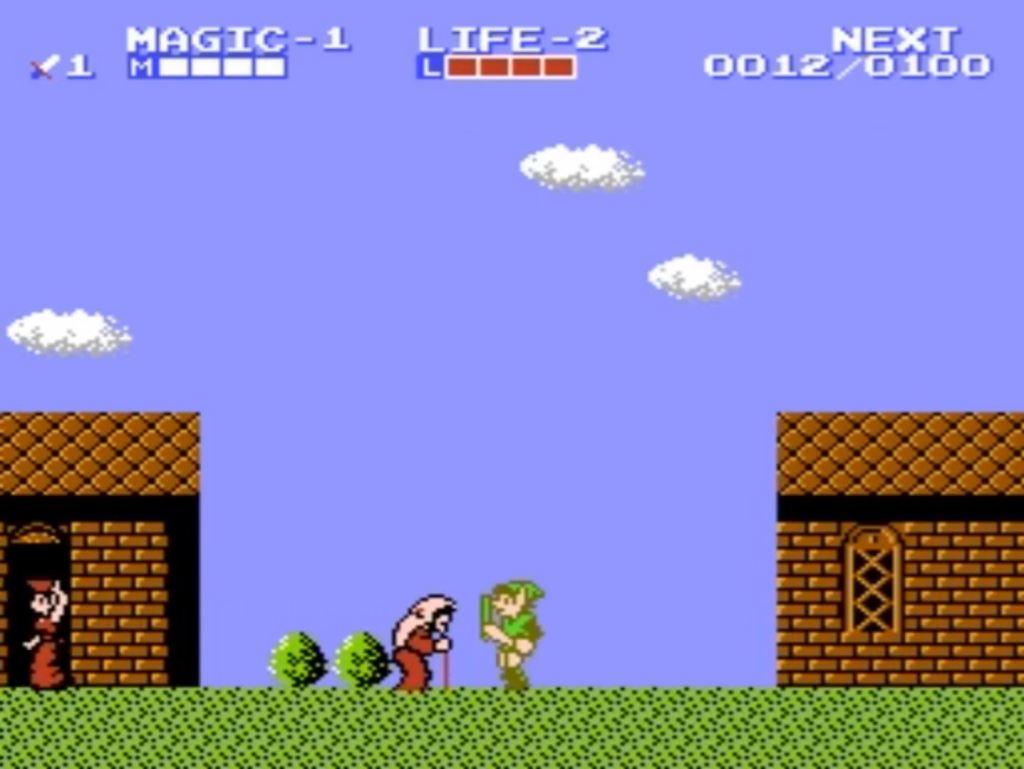
7. Zelda II: The Adventure of Link
Truth be told, this spot was going to go to the original Legend of Zelda for all the reasons you probably think of when you hear the name of that game. Yet, I feel that The Adventure of Link is the more fascinating example of a Zelda game truly being ahead of its time.
Long considered to be the black sheep of the Zelda franchise, The Adventure of Link remains a hard game to define. It’s an ARPG with platforming elements, non-linear level design concepts, and surprisingly complicated combat. It upset quite a few people in its day, but it’s easier than ever to appreciate the ways The Adventure of Link tried to offer a kind of action-based JRPG experience years before developers started to figure that concept out. It was also an early example of how video game franchises (especially Zelda) never need to be the same thing twice.
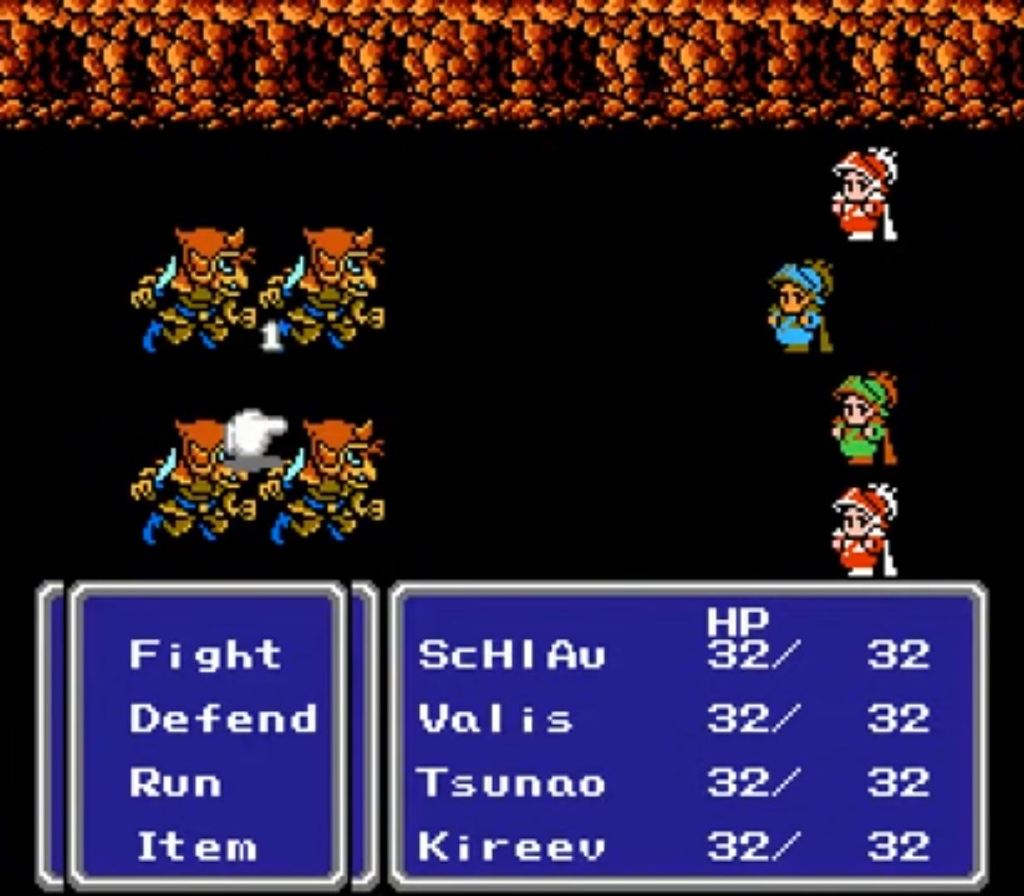
6. Final Fantasy III
As you might imagine, there are many, many NES RPGs that could have made this list. However, I can’t help but wonder if Final Fantasy 3 would have gotten the love it deserved from more people sooner than it did if Square had only had decided to port this masterpiece to the West back in 1990.
With its job system, advanced turn-based combat that let you know which characters would attack when, summoning mechanics, expanded party options, and advanced overworld, Final Fantasy 3 truly was the first “modern” Final Fantasy game. The franchise’s biggest fans know how important this game was, but it’s never too late to learn just how ahead of its time Final Fantasy 3 was in nearly every respect.
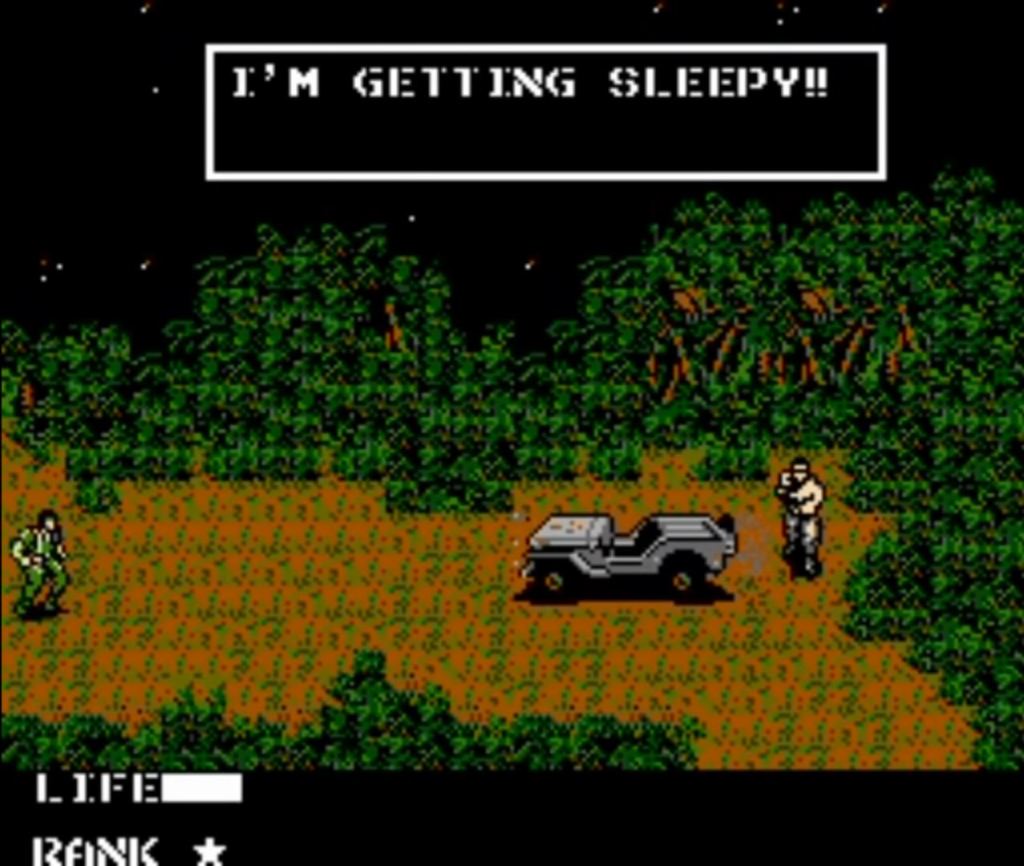
5. Metal Gear
It’s true that the NES verison of Metal Gear isn’t nearly as good as the MSX version of the game, and it’s true that Hideo Kojima has pretty much washed his hands of this outsourced port. However, even in its less-than-ideal form, the NES version of Metal Gear was most certainly ahead of its time.
Metal Gear confused quite a few young gamers who dared to take a chance on it. Though presented as a pretty straightforward shooter, Metal Gear demanded that players rely on their wits, stealth, and various pieces of equipment acquired in an almost Metroid-like way in order to survive. At the time, a lot of gamers just didn’t know what to make of Metal Gear. Now, it’s generally respected (warts and all) for its bold ideas that paved the way for better games to come.
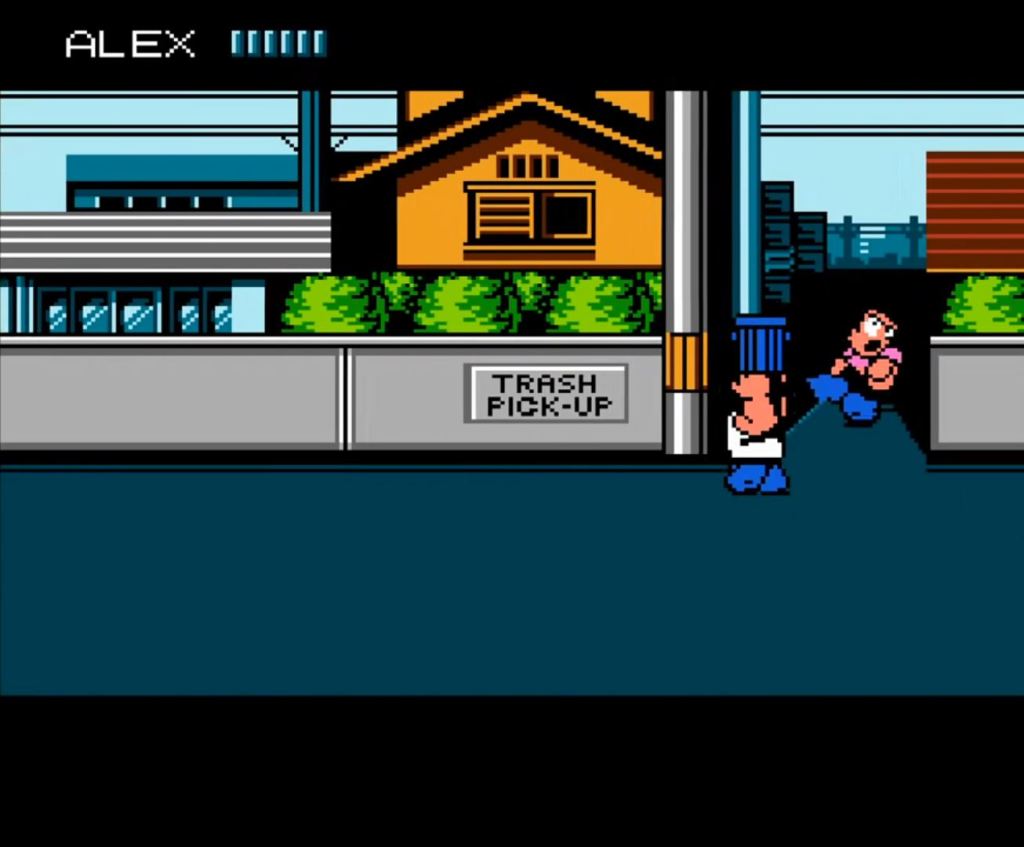
4. River City Ransom
River City Ransom wasn’t necessarily the first action game to utilize RPG elements, but it’s fairly easy to call it one of the best early examples of that concept. Besides, River City Ransom was the game that showed how valuable adding RPG mechanics to an action game could be.
At a time when even the best beat-em-up action games on the NES often paled in comparison to their arcade counterparts, River City Ransom truly stood apart. By utilizing basic RPG systems like stats and equipment, River City Ransom developer Technōs Japan was able to make their game feel so much more substantial than similar arcade titles. Now, we see nearly every modern action game utilize RPG-like elements to add a little (sometimes artificial) depth to the experience.
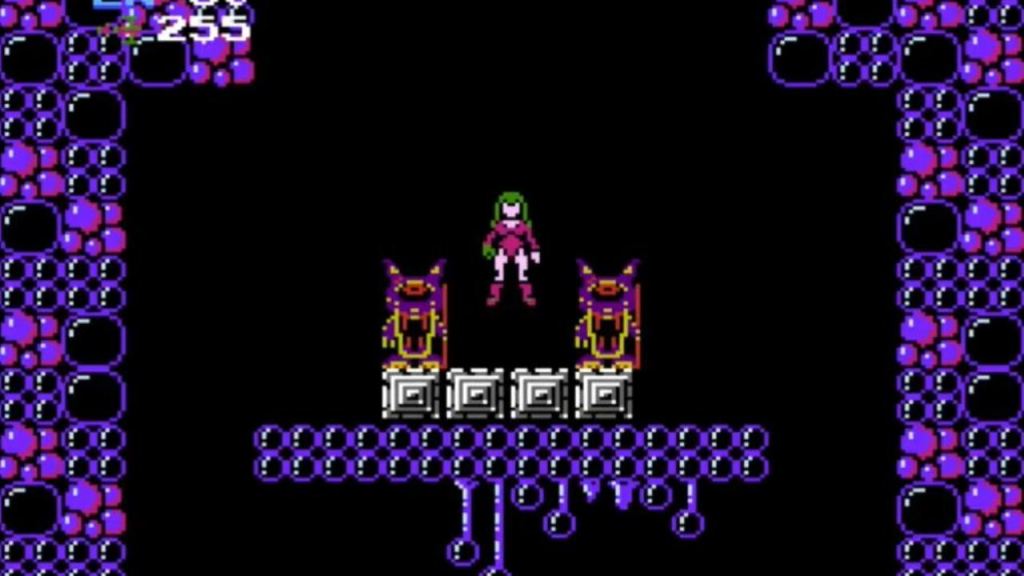
3. Metroid
Yes, it’s an “obvious” name, but it’s important to remember that the original Metroid didn’t sell as many copies as you probably think it did. I can also tell you that there were quite a few young NES gamers who picked up Metroid and didn’t know quite what to make of it.
That’s the fascinating thing about Metroid. Yes, it’s obviously the grandfather of the Metroidvania genre that is popular to this day, but it’s somehow even more than that. At a time when too many NES games were designed to be frustratingly confusing, Metroid showed that it was possible to offer a labyrinthian adventure that could be solved by thinking just a little outside the box and learning the language of the game.
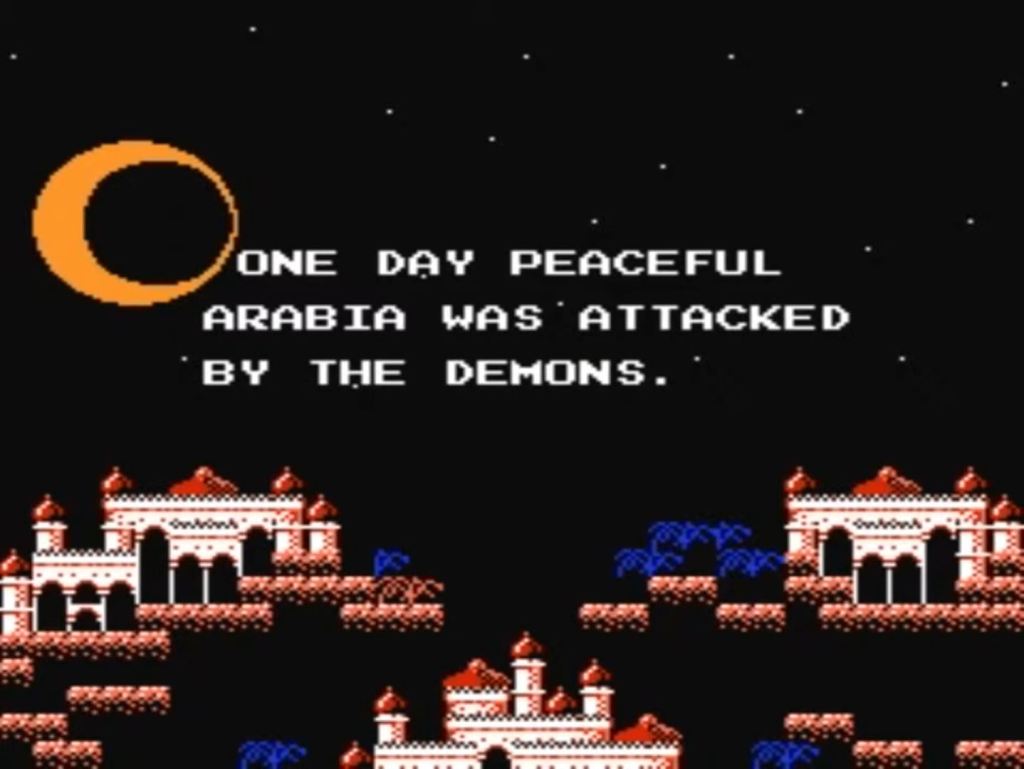
2. The Magic of Scheherazade
It’s easy to take a quick look at The Magic of Scheherazade and see a Zelda knock-off. In fact, many reviewers at the time still found it easy to call The Magic of Scheherazade a Zelda knock-off, just as they found it easy to be relatively dismissive of the game’s slightly lesser presentation values and strange combination of gameplay concepts.
Today, though, The Magic of Scheherazade feels like a 2022 title designed to only look like a game made in 1987. From its time-travel mechanics and Arabic mythology to its advanced gameplay that lets you win battles through untraditional means, everything in The Magic of Scheherazade feels like it was designed to at least offer an alternative to established gameplay concepts as well as introduce a few new ones. Honestly, I’m not sure if I’ve played a game quite like The Magic of Scheherazade to this day.
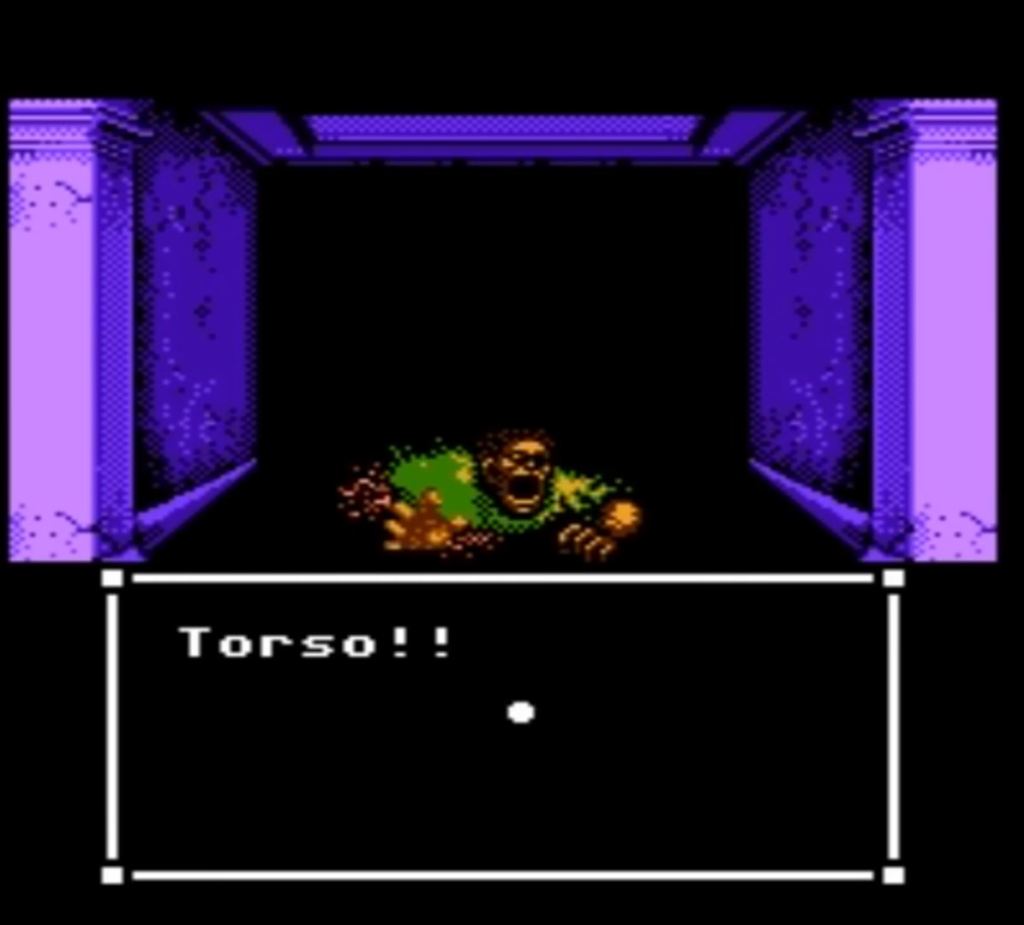
1. Sweet Home
I sometimes wonder what would have happened to Sweet Home if Resident Evil hadn’t come along and at least granted the game a footnote in global gaming history. Would some other horror title have mined it for ideas, or would it have been lost to history and relegated to the ranks of “curiosity?”
It’s not entirely inaccurate to call Sweet Home a Resident Evil prototype released for the Famicom, but I’m not sure if even that description really captures just how different this game was compared to everything else out there at the time. It was a violent RPG horror game set in a Metroidvania-like environment that required you to solve puzzles, win battles, and navigate quick time events or risk permanently losing party members. There was just nothing else out there quite like it.
I mean, just look at our list of the best NES horror games ever. Not only is Sweet Home by far the best overall game on that list; it’s the only game from that time that might actually still scare people to this day.

